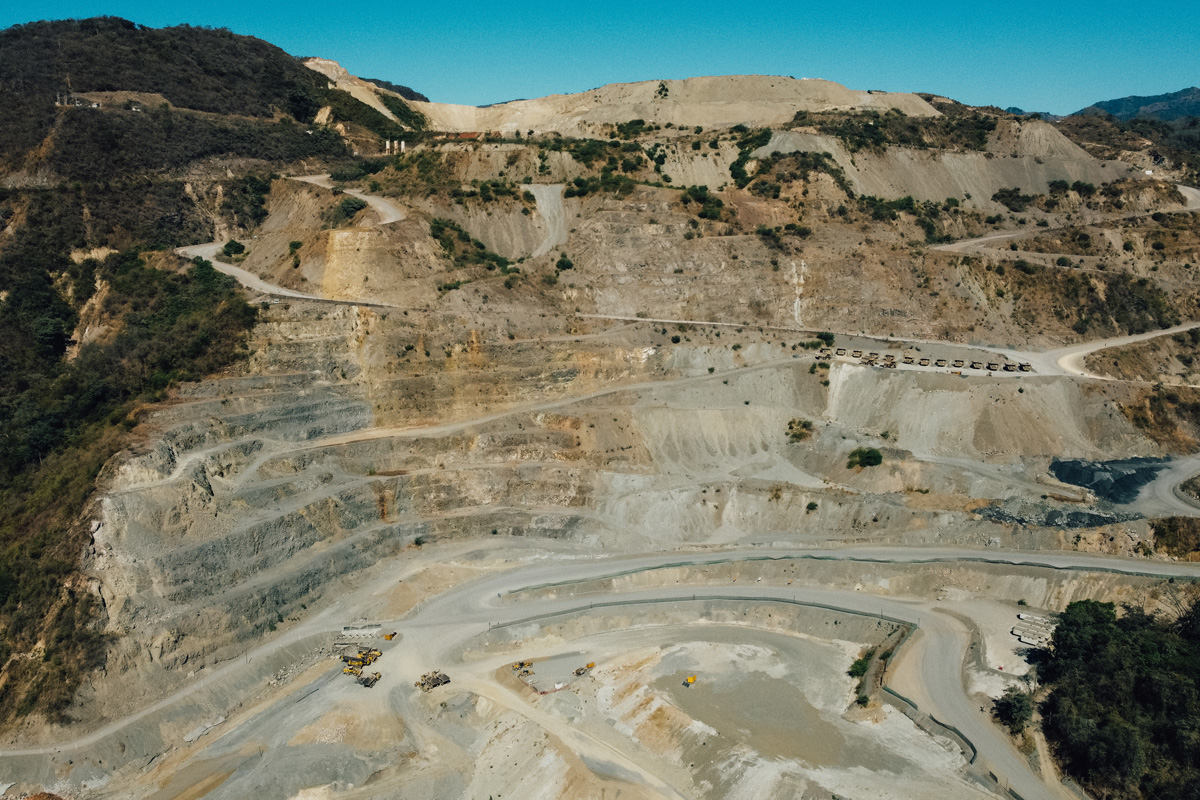From the mountains of western Mexico to the industrial bay of Rio de Janeiro, the second part of this investigation follows the trail of Ternium — the Latin American steel giant controlled by the Italo-Argentine Techint Group — and exposes how promises of development coexist with silence, fear and pollution.
This cross-border investigation was carried out by journalists Heriberto Paredes (Mexico), Pablo Linietsky and Sofía Membrado (Brazil), with photography by Berta Vicente Salas.
At its core lies the same contradiction that defines the global steel industry: the rhetoric of sustainability colliding with extractive violence. In both Mexico and Brazil, Ternium’s operations reveal how the language of modernisation conceals dispossession, environmental degradation and the capture of public institutions by private power.
In Aquila, a town in the Mexican state of Michoacán, the company extracts iron from Indigenous Nahua territory amid a context of militarisation and organised crime. Explosive drones, forced displacements and the disappearance of community leaders have turned the mining zone into a battlefield. Local residents describe a territory where corporate, criminal and political interests overlap — and where silence has become a condition for survival.
Thousands of kilometres away, on the outskirts of Rio de Janeiro in Brazil, lies another of Ternium’s frontiers: the industrial complex of Santa Cruz, facing the polluted bay of Sepetiba. Here, metallic dust falls from the sky like “silver rain”. Residents have denounced respiratory illnesses and contamination of soil and water for years, while public agencies look the other way.
The investigation documents how these two territories — one rural, the other urban-industrial — mirror each other. In both, the pursuit of global steel supply comes at the expense of local lives and ecosystems. And in both, the company’s narrative of “sustainable growth” finds little echo among those who breathe its consequences.
Key findings
- In Aquila (Mexico), Ternium’s mining operations have intensified violence and displacement within Indigenous lands. The company’s proximity to armed actors and its silence over local conflicts reinforce a climate of impunity.
- In Santa Cruz (Brazil), Ternium’s steel plant has caused persistent air and water pollution in neighbouring communities. Environmental monitoring remains opaque, and corporate social programmes are used to neutralize criticism.
- Across both contexts, Ternium’s model illustrates how Latin America’s extractive economies continue to feed the global steel supply chain — providing the raw material and labour that sustain Europe’s industrial ambitions while leaving behind zones of sacrifice and silence.
See the stories below. And don’t miss the first part of this investigation.
